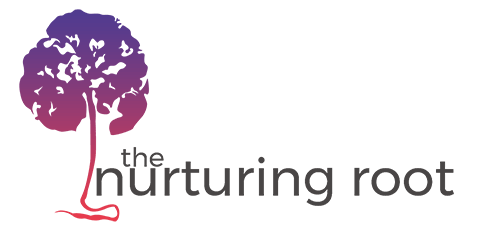Placenta Encapsulation: Myth vs Fact | The Nurturing Root
It is well known that when even the smallest piece of the placenta is retained in the uterus after birth, it inhibits milk production in new mothers. However, when the placenta fully detaches itself from the uterine wall as expected in the 3rd stage of labor, lactogenesis II begins. There is no evidence to support that once placenta capsules are introduced, lactogenesis II ceases. There is overwhelming anecdotal evidence supporting the practice of using placenta capsules for enhanced lactation. Plentiful milk supply is a very common reported benefit of placenta encapsulation. In a small placenta vs placebo study, it was revealed that 86% of mothers using dried placenta had an increase in milk production compared to the mothers receiving the beef placebo.
A GBS+ status is not a contraindication for placenta encapsulation. It is imperative, however, that the person hired to encapsulate is experienced and trained in food safety protocols and blood-borne pathogens. When the placenta is processed correctly and using food safe temperatures, any bacteria present, GBS included, would be destroyed, making the risk of consuming dried placenta no different than consuming beef jerky.
Read more about GBS and placenta encapsulation here.
The placenta, which supplies the developing fetus with oxygen via the umbilical cord, does not act as a filter, retaining toxins and waste. The placenta carries waste to the mother’s blood supply, which is then disposed of by her kidneys and lungs. In a recent study, 17 hormones and 25% of daily iron were found in encapsulated placenta. No harmful amounts of heavy metals were present in the encapsulated placenta that was tested.
Gryder, L. K., Young, S. M., Zava, D., et al. (2017). Effects of human maternal placentophagy on maternal postpartum iron status: A randomized, double-blind, placebo controlled pilot study. Journal of Midwifery and Women’s Health 62:68-79
